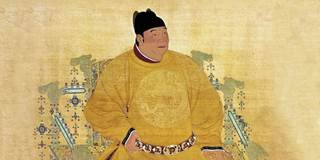OnPoint Subscriber Exclusive
The Big Picture brings together a range of PS commentaries to give readers a comprehensive understanding of topics in the news – and the deeper issues driving the news. The Big Question features concise contributor analysis and predictions on timely topics.

Good President/Bad Emperor?
The prospect that President Xi Jinping could remain in power indefinitely has caused much consternation outside China. But within China, and among many serious observers, the elimination of the constitutional term limit on presidential incumbents has attracted a more positive, or at least nuanced, response.